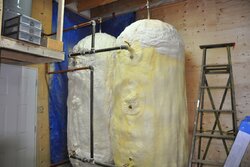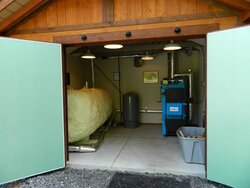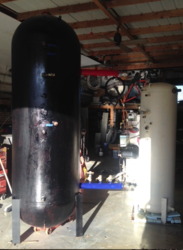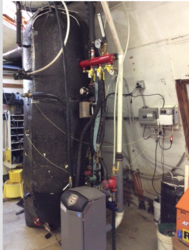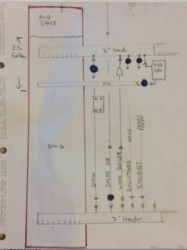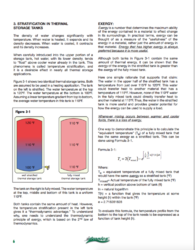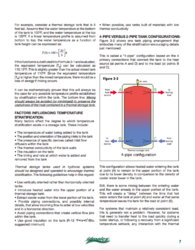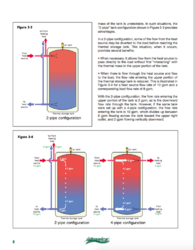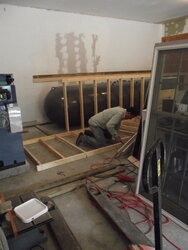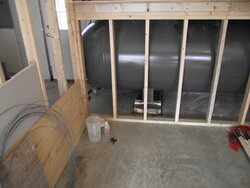I live in NC and I am interested in an Econoburn or Garn type system that uses thermal storage a.) because the efficiency makes a lot of sense to me, and b.) because I have the room for the storage. I am leaning towards a system like econoburn which does not come with the storage automatically included because the shipping costs of getting a huge Garn system down to NC from Minnesota or or wherever it is manufactured is pretty exorbitant. An Econoburn dealer told me that folks use recycled propane tanks stacked on top of one another as storage.
Does anyone have a DIY water storage set up like this that they could show me plans and/or pictures of? I'd be much obliged!
Does anyone have a DIY water storage set up like this that they could show me plans and/or pictures of? I'd be much obliged!


